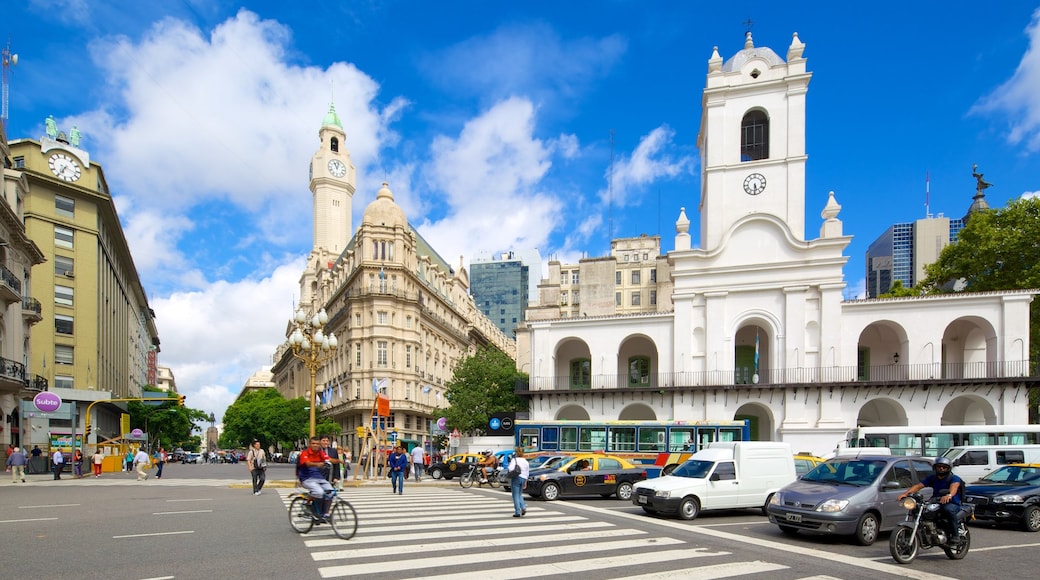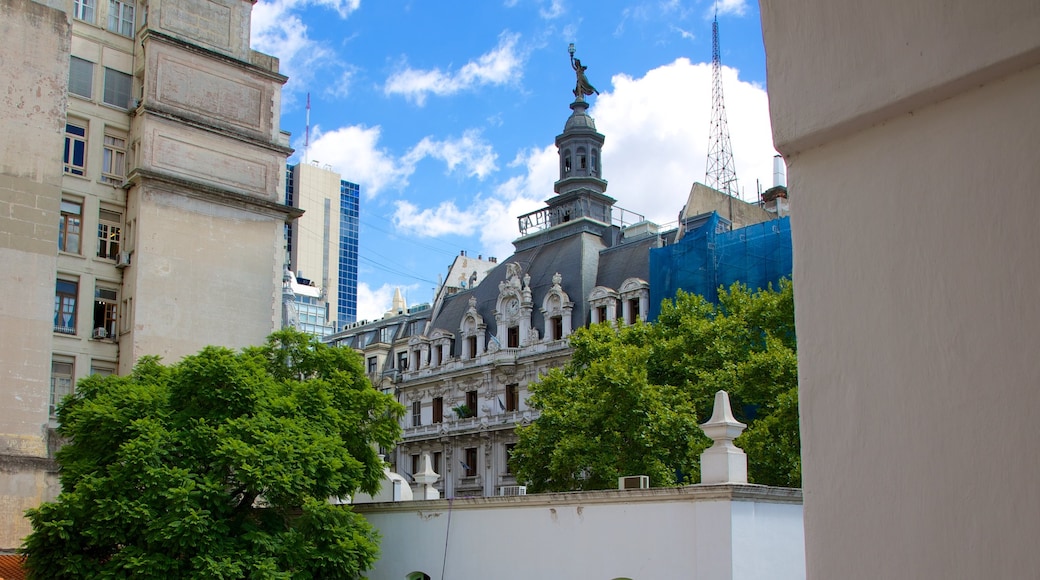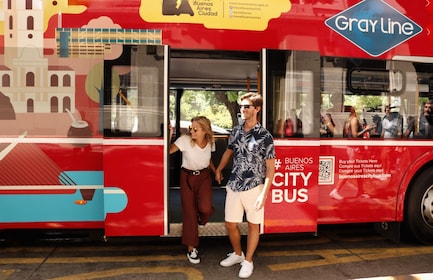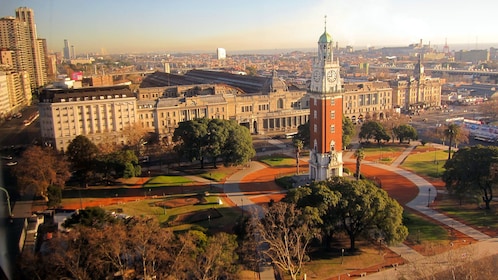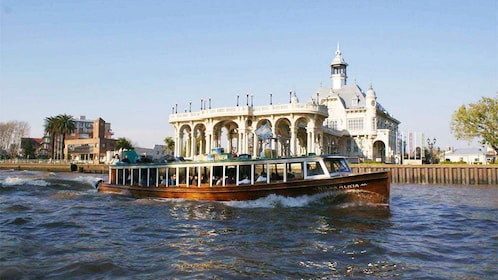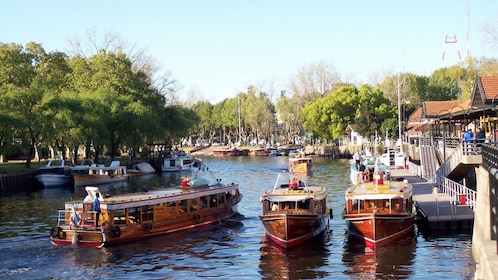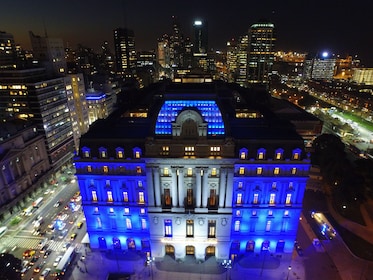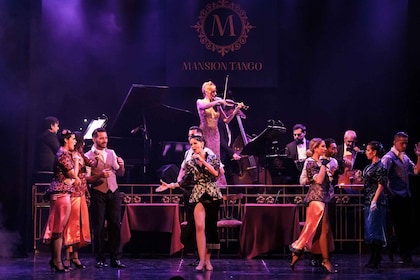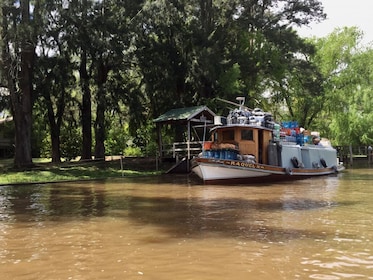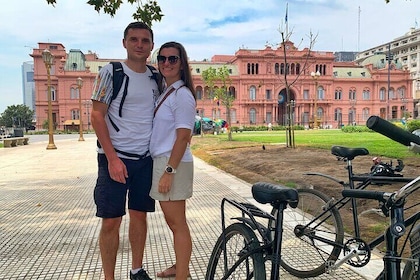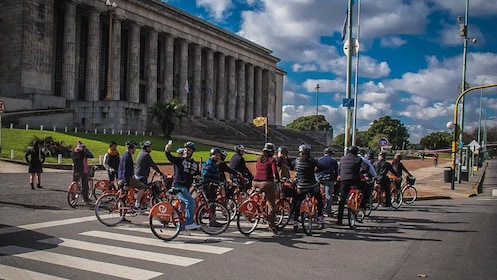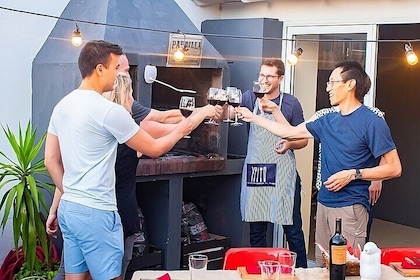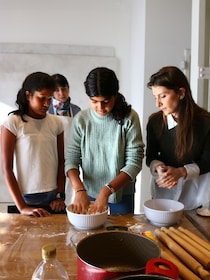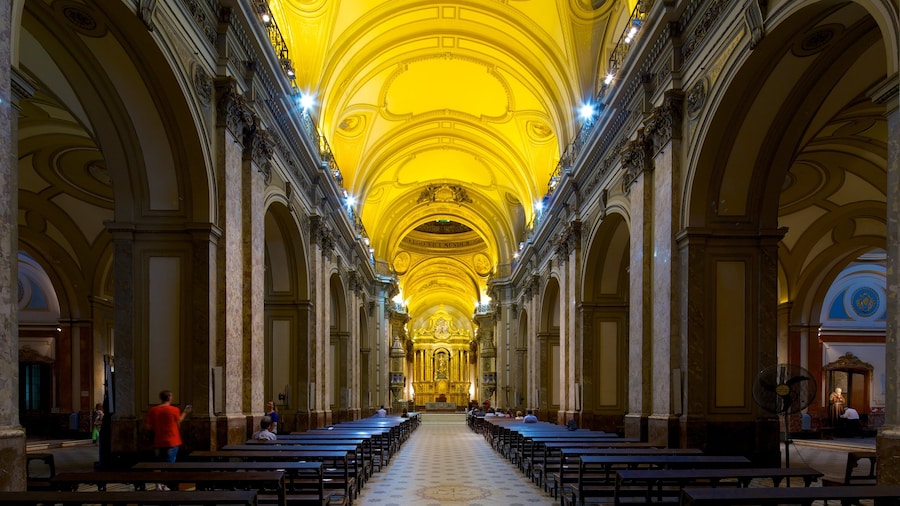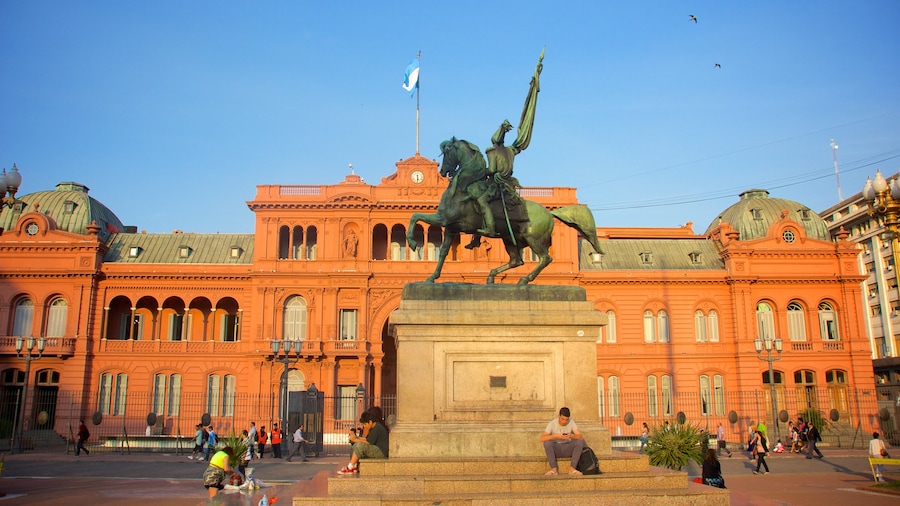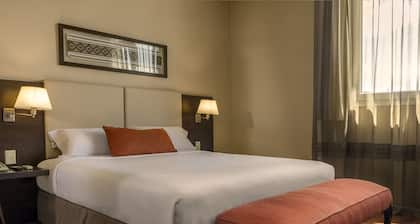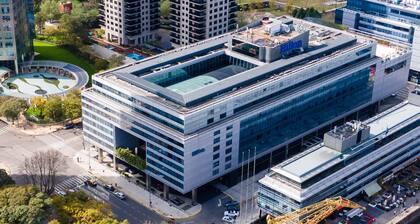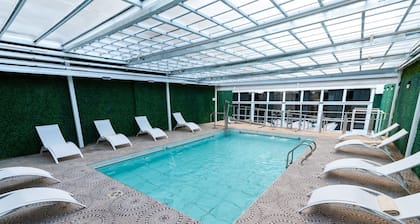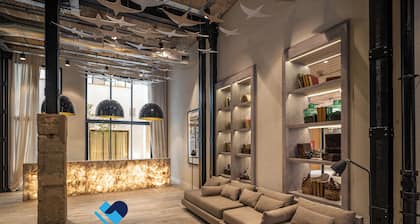Buenos Aires’ whitewashed Cabildo is one of the city’s most important government buildings. It is the original city hall, where the colonial administrative council once met and where vital meetings associated with Argentina’s declaration of independence from Spain took place. Visit today to admire the building’s colonial architecture and discover artifacts related to Argentina’s May Revolution of 1810.
The history of the building is traceable to 1608. The original building was considerably wider, but partly demolished to create space for the construction of two streets. In 1940, local architect Mario Buschiazzo used original plans to restore colonial aspects such as the tower, doors and windows. Architecture enthusiasts will appreciate the two colonnaded levels topped by a central bell tower.
Visitors to the Cabildo can access the main balcony. From this vantage point, enjoy excellent views across Plaza de Mayo, Buenos Aires’ main square, and to the Casa Rosada government offices. Inside, the National Museum of the Cabildo and the May Revolution is a tribute to the building’s history and events relating to Argentina’s declaration of independence. Find displays of paintings and furniture, official documents, clothing and jewellery from the 17th to 20th centuries.
Take time out in the building’s courtyard patio, shaded by jacaranda trees that sprout pretty violet flowers in spring. Check out the ornamental water well, which dates back to 1835. Look through the viewing chamber to see underground passageways built by Jesuits.
Visit the patio on Thursday or Friday to browse an arts and crafts market, where local vendors showcase their handicrafts and contemporary designs. The market regularly hosts free live music events too. The patio has a café, serving snacks and refreshments, which is open daily.
Bordering the west side of Plaza de Mayo, the Cabildo is a short walk from Buenos Aires’ city centre. Public transportation, such as the bus and metro, will bring you close to the building's main entrance.
The Cabildo and museum are open to visitors from Wednesday through Sunday and on select public holidays. There is no admission fee.
